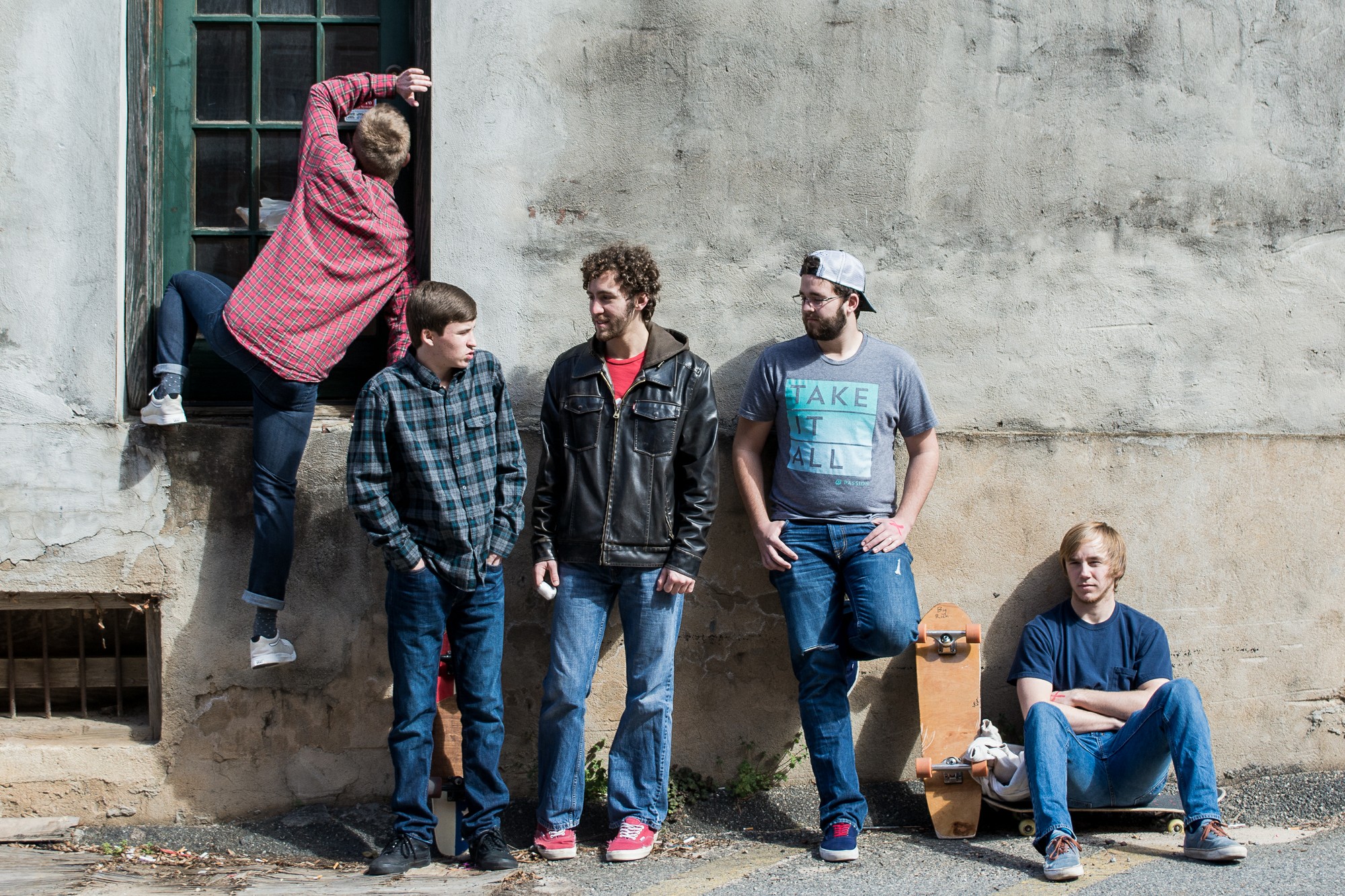The AVATAR lab in the Bagwell College of Education at Kennesaw State is a mixed reality simulation program that immerses students and teachers in real-world scenarios.
MRS includes both virtual and human components. Participants engage in a scenario of their choosing where they interact with digital avatars that behave like real people.
This MRS creates an artificial version of hundreds of situations. Not an all-encompassing list, situations include teachers engaging with a classroom full of students, job-seekers participating in interviews with potential bosses, doctors delivering diagnoses to a virtual patient and restaurant employees practicing serving food to a customer.
This simulation program was created at the University of Central Florida and was previously known as TeachLive. It was acquired by a Californian software developer who repackaged the program and renamed it Mursion.
KSU is one of 30 schools to have purchased the site license to use Mursion technology on their campuses. This license was able to be purchased by KSU due to a one-time funding grant and sponsors that trust in the program like dean of the BCOE Dr. Cindy Reed.
KSU interim department chair of inclusive education Dr. Kate Zimmer believes the application of this program to be nearly limitless.
“Any discipline can make use of our simulation lab. Healthcare, education, conflict management etc. I’d like it to be able to be used in any field,” Zimmer said.
Both Zimmer and assistant professor of special education Dr. Melissa Driver played large roles into the software’s integration at KSU.
Zimmer has a background in early intervention, autism and teacher preparation using mixed reality simulation, while Driver’s background includes mathematics interventions for students with academic difficulties, innovative teacher preparation and mixed reality simulation.
Together they designed many simulated scenarios tailored to the needs and requests of the user.
While the process for designing a simulation can be somewhat technical, Zimmer said that anyone can create a simulation using the template.
For instance, if a user wanted to practice making a presentation during a business conference, the setting selected would likely be an office building. The avatars that the user would interact with might be the staff or management of said business.
Each individual has a biography and personality their actions and reactions are structured around.
Difficulty levels can even be selected, with easy mode allowing for an uncomplicated completion and hard mode having the avatars challenge the participant much more.
According to Zimmer, the simulations are only improving. “Using the simulations helps us hone the scenario in terms of immersion and effectiveness,” she said.
Zimmer and Driver are two strong believers in this technology, as their shared knowledge of simulation allows them to grasp the marked potential of this initiative.
As the AVATAR lab continues to grow in both simulation quality and quantity, so do the applications of this technology.
Both doctors seek to increase the visibility and utilization of the program internally and through external partnerships, from the Boy Scouts to Broadway.
“We want people to realize that this is a cost effective and research-based way to prepare people for the real world,” Zimmer said.
KSU is seeking further funding from grants and external sources to sustain the lab.

